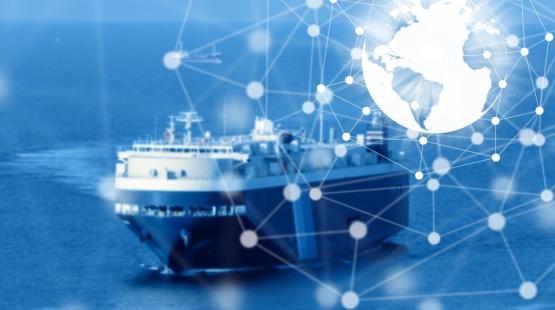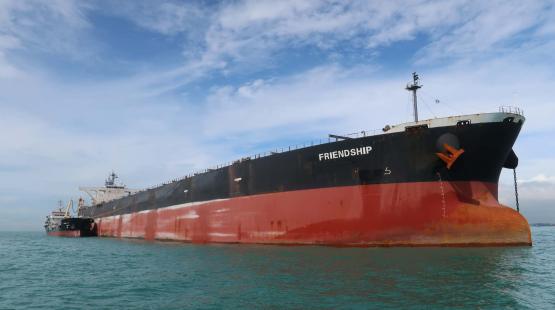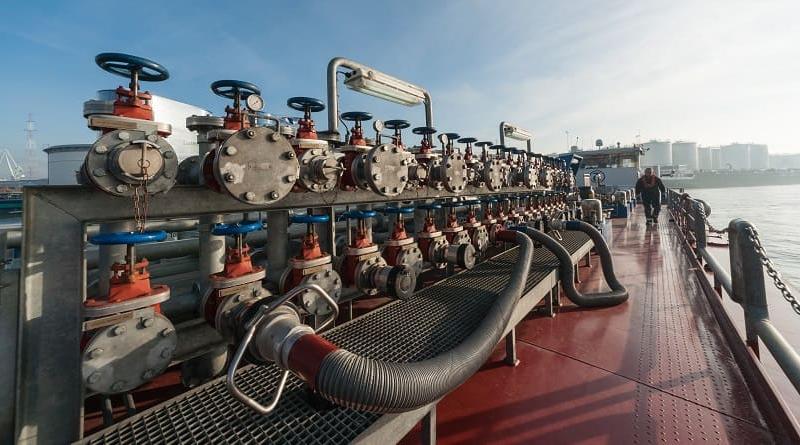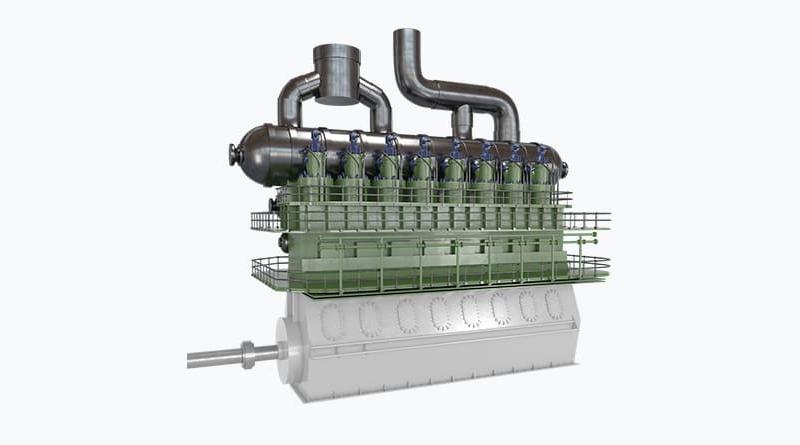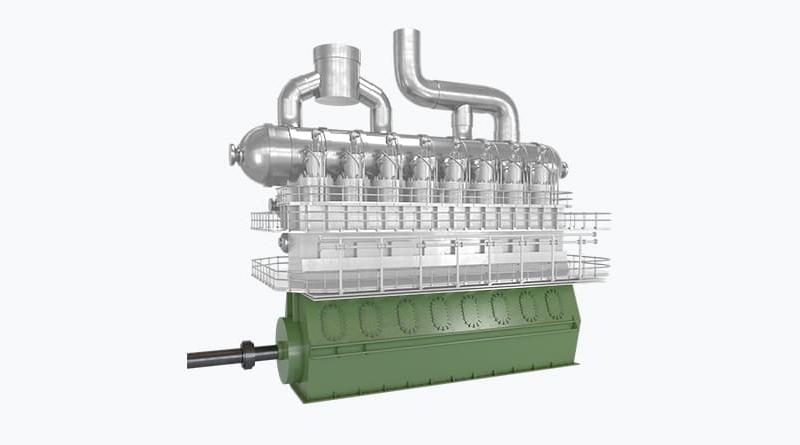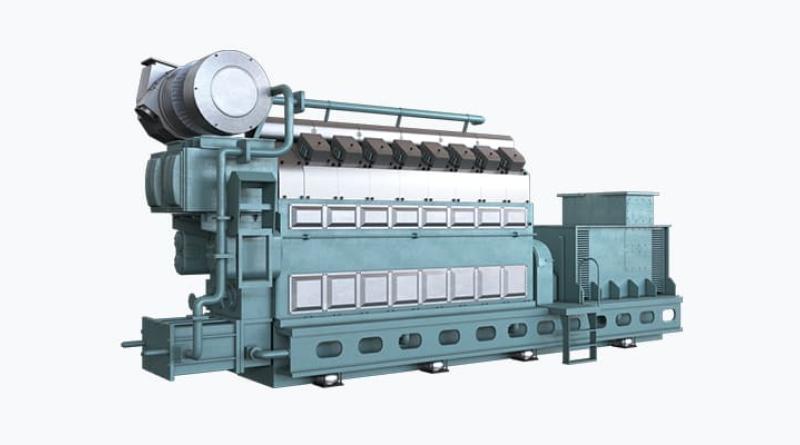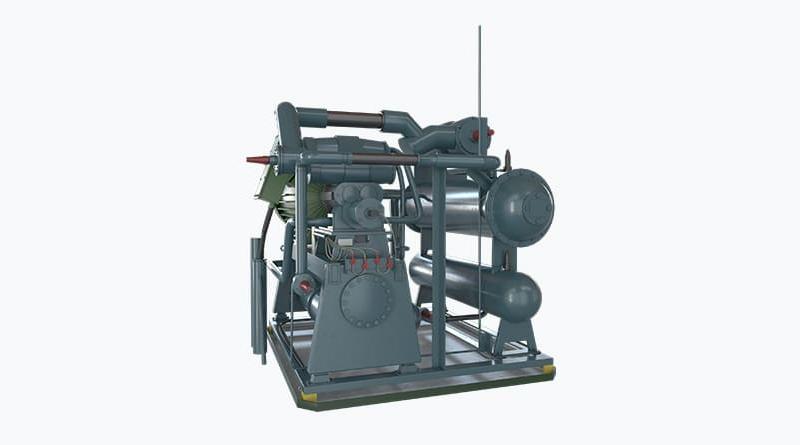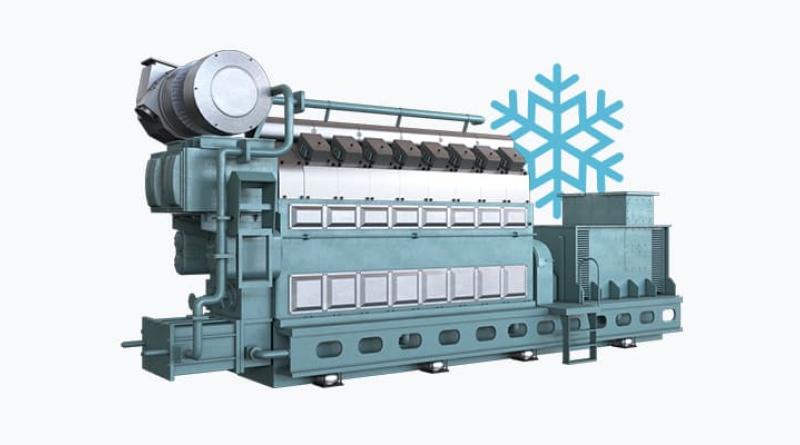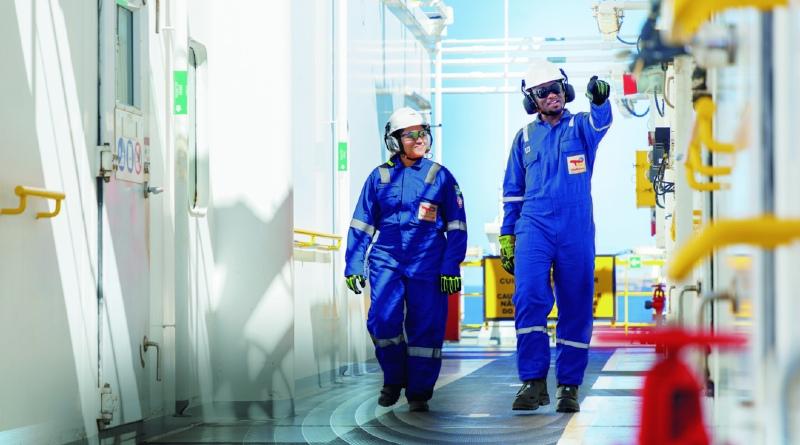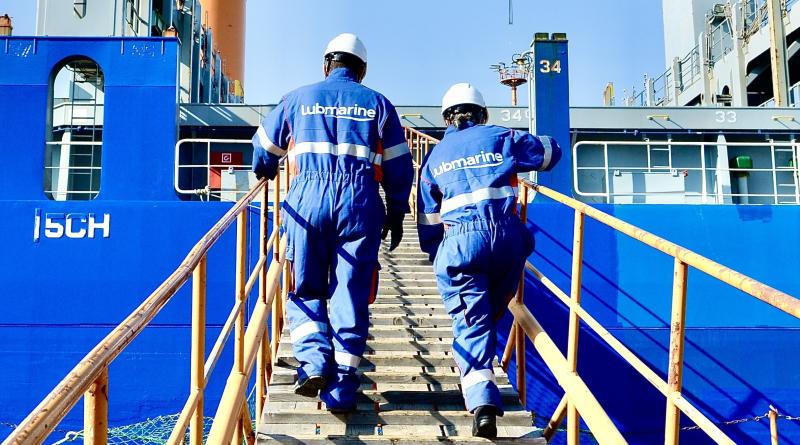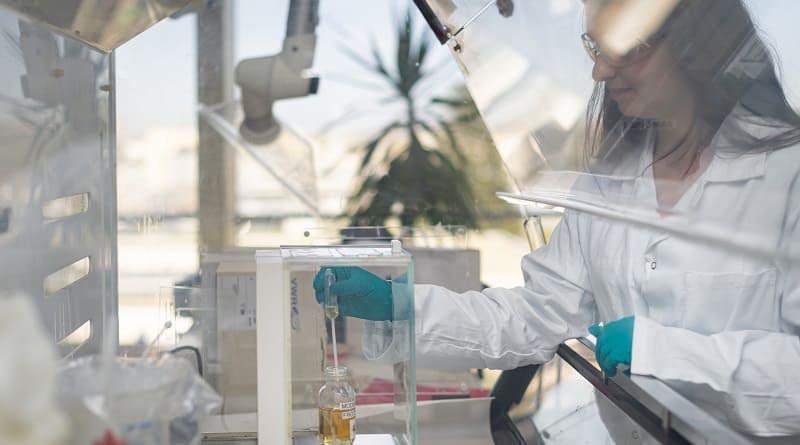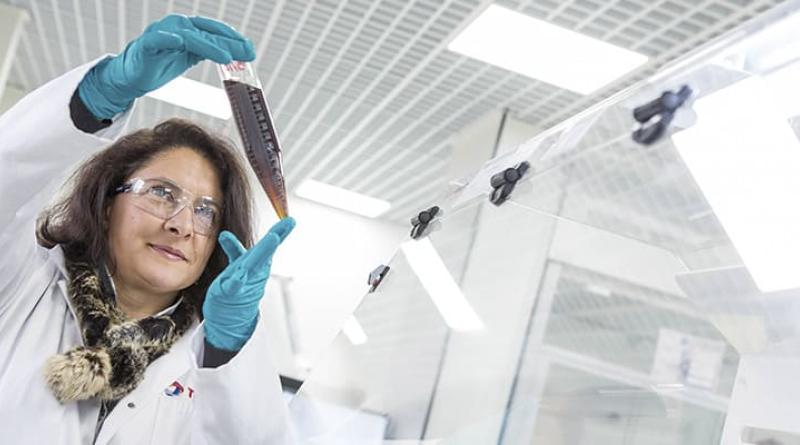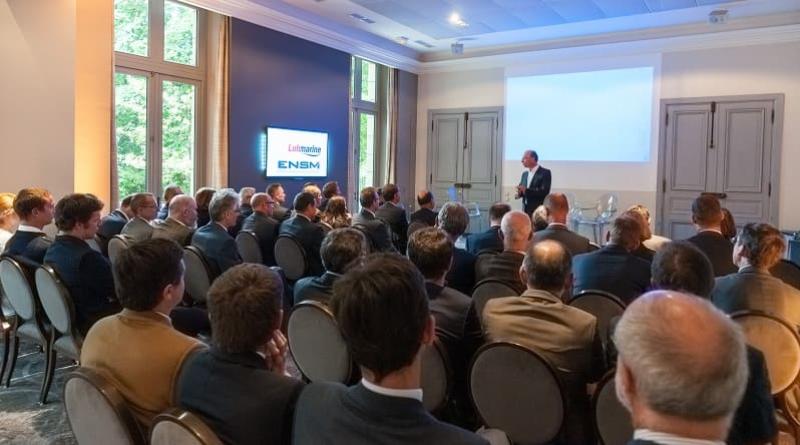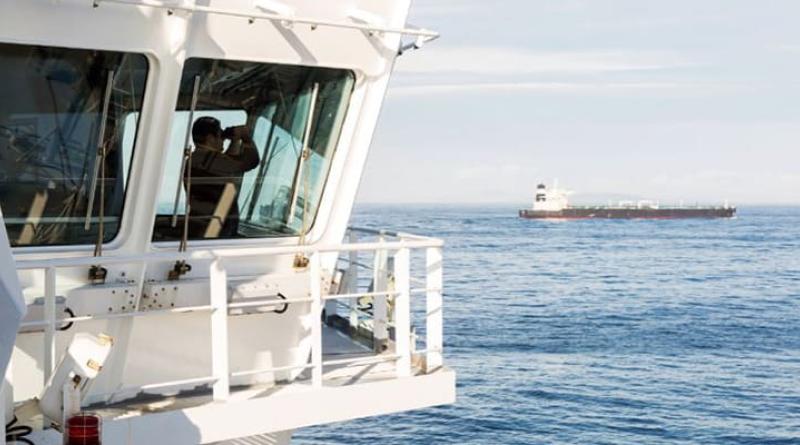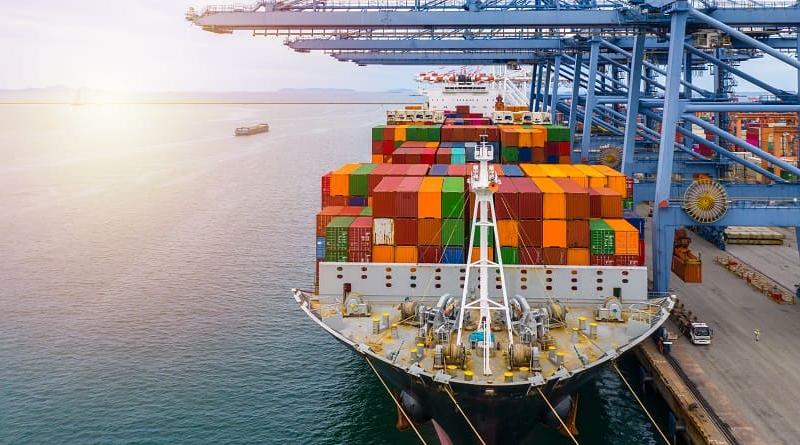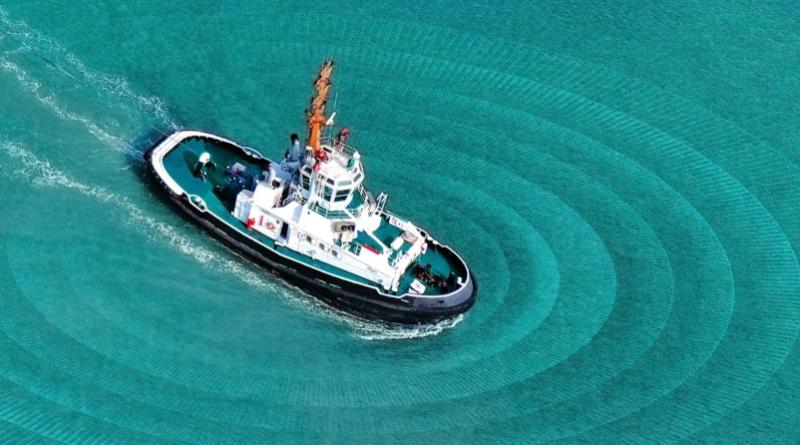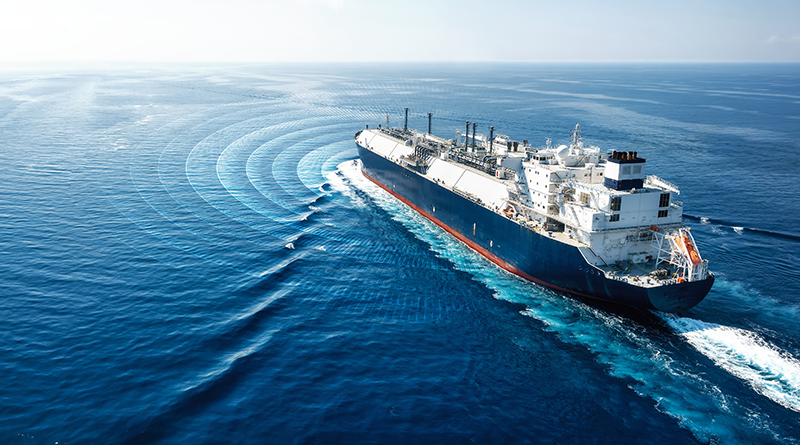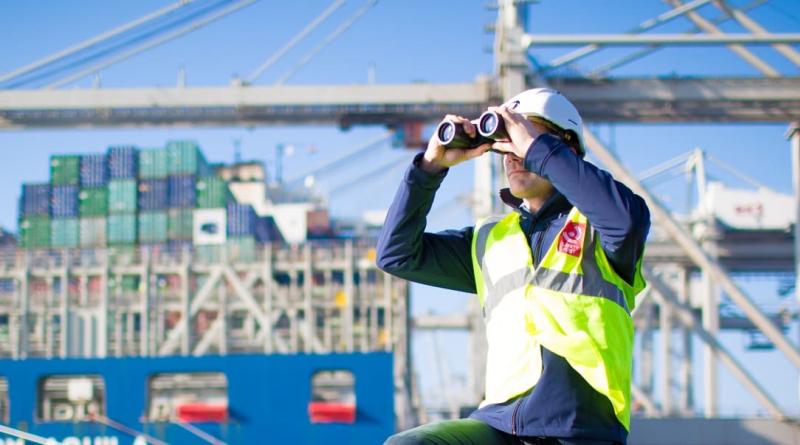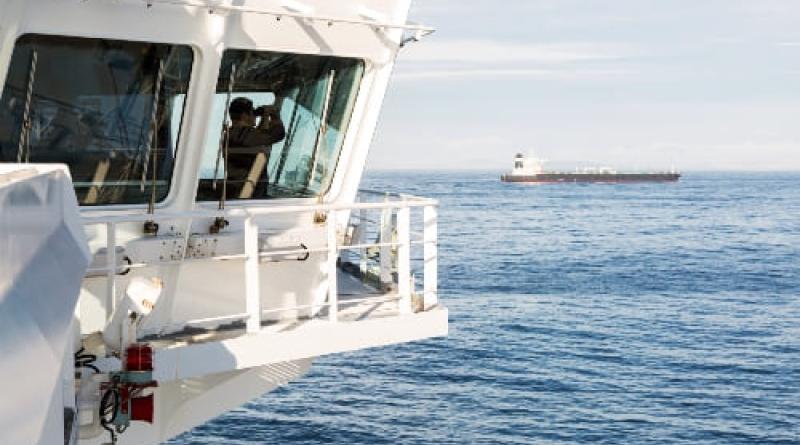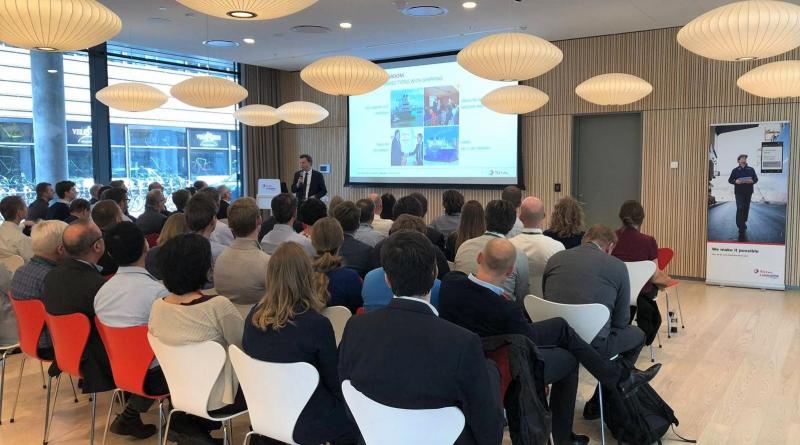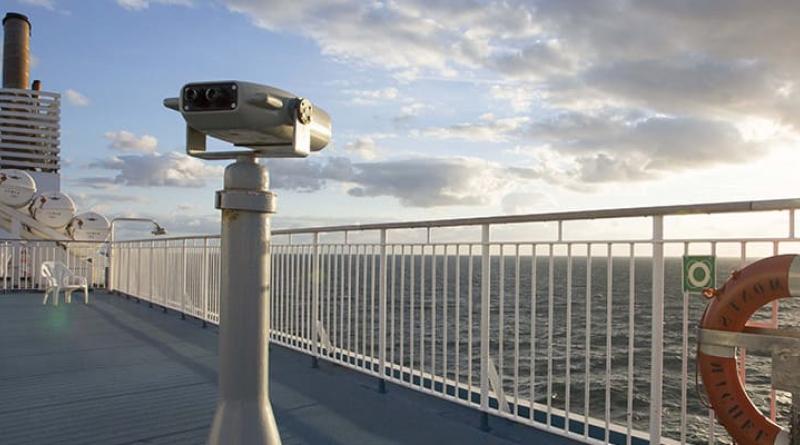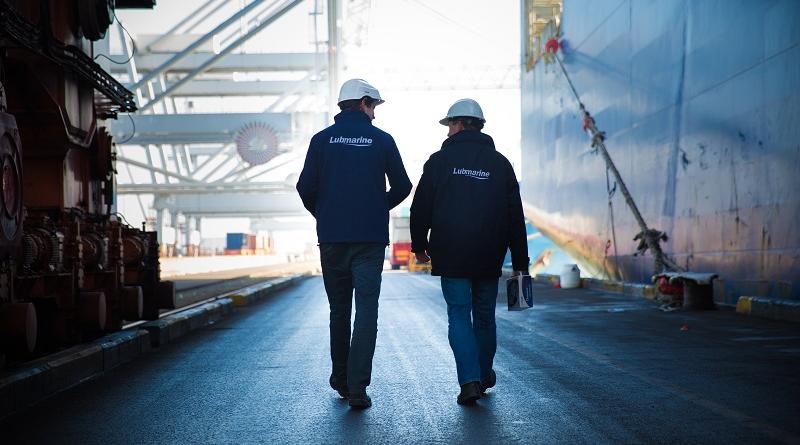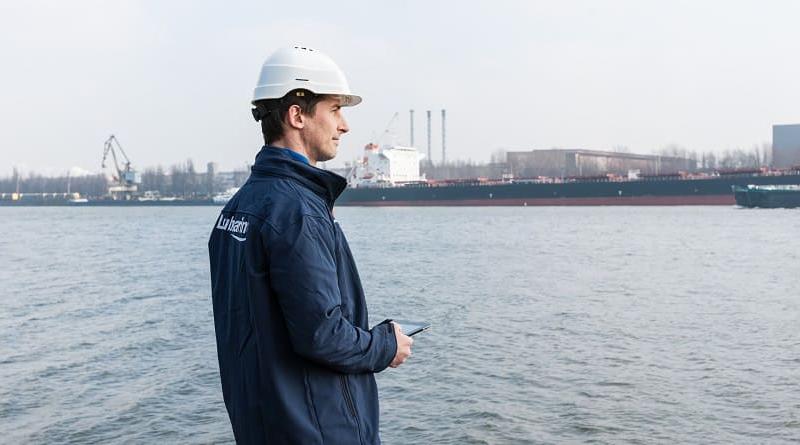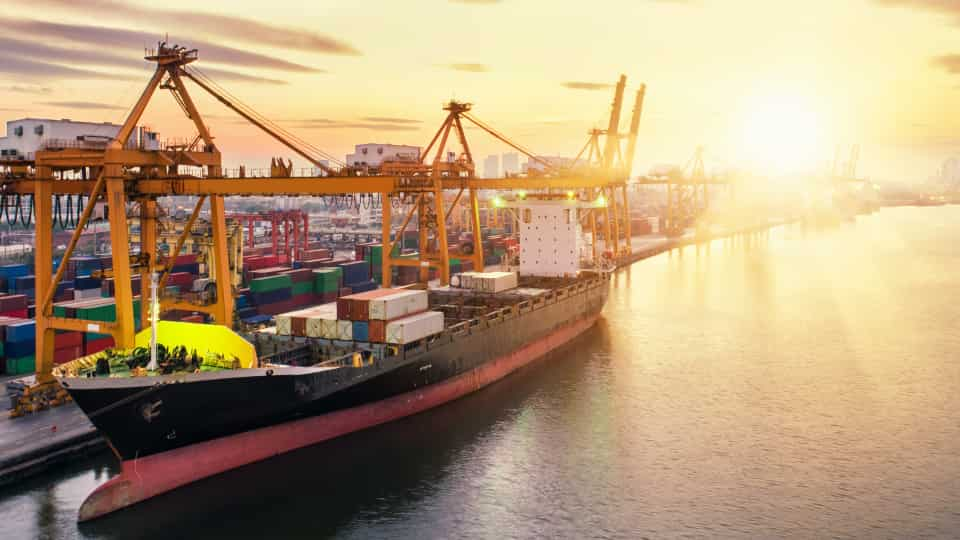
Stuart Fuller, Market Liaison & Product Manager for Engine Oils in the Marine & Power division of TotalEnergies, recently spoke at the Nor-Shipping conference, providing insights and thoughts on the key drivers shaping the evolution of marine lubrication. In this blog Stuart captures some of the main points he shared with the audience of maritime professionals in Oslo.
The shipping industry faces a dual challenge - more energy, with fewer emissions. It is a key target that we are working on tirelessly at TotalEnergies, with our customers, stakeholders and our partners.
How we are Supporting the Shipping Industry’s Decarbonization Journey
Tackling our responsibilities head on, TotalEnergies has joined forces with the Mærsk Mc-Kinney Møller Center for Zero Carbon Shipping as a strategic partner, working with other industry partners to examine innovative technologies and what’s needed to build the infrastructure to support those technologies. We have so far committed 3 full time colleagues that are seconded to the project as well as enlisting the support of a further 12 colleagues on a part time basis.
TotalEnergies also actively participates in many other industry organizations working to improve combatting Climate Change, such as IMO, ISO, SEA/LNG, SGMF, Ammonia Energy Association, CIMAC and more, all with a shared goal of moving shipping into a carbon-free transport.
The Market Drivers – Life After IMO2020
Post IMO2020, a number of drivers have been shaping the industry namely:
- Technology - new engine design (increased temperatures/pressures), Exhaust gas after treatment, Scrubbers, EGR / SCR
- Regulatory - SOX, NOX, ECA's, CO2...
- Fuels - Hight/Low Sulfur Fuels, LNG, Biofuels
Future Fuels - Navigating Complexity
Currently the shipping industry is firmly focussed on the directions that the future fuels market is likely to take.
Decarbonisation of transport will rely on massive investment in sustainable liquid fuels along with Biofuels, supplemented by e-fuels after 2030.
The predicted take up of H2 based e-fuels (including e-methanol and e-ammonia) is expected to take place between 2030 & 2050 and will be significant.
It is also anticipated that LNG will remain in the mix but not significantly above the post 2030 volumes.
So, we are undoubtedly heading towards a more complex market with multiple fuel solutions making up the landscape.
And with 2050 just one ship life away, ship owners and operators are going to have to make strategic fuel choices which will impact the key components of the shipping industry including engine manufacturers, fuel suppliers, bunkering operations, global port developments and of course lubrication development.

